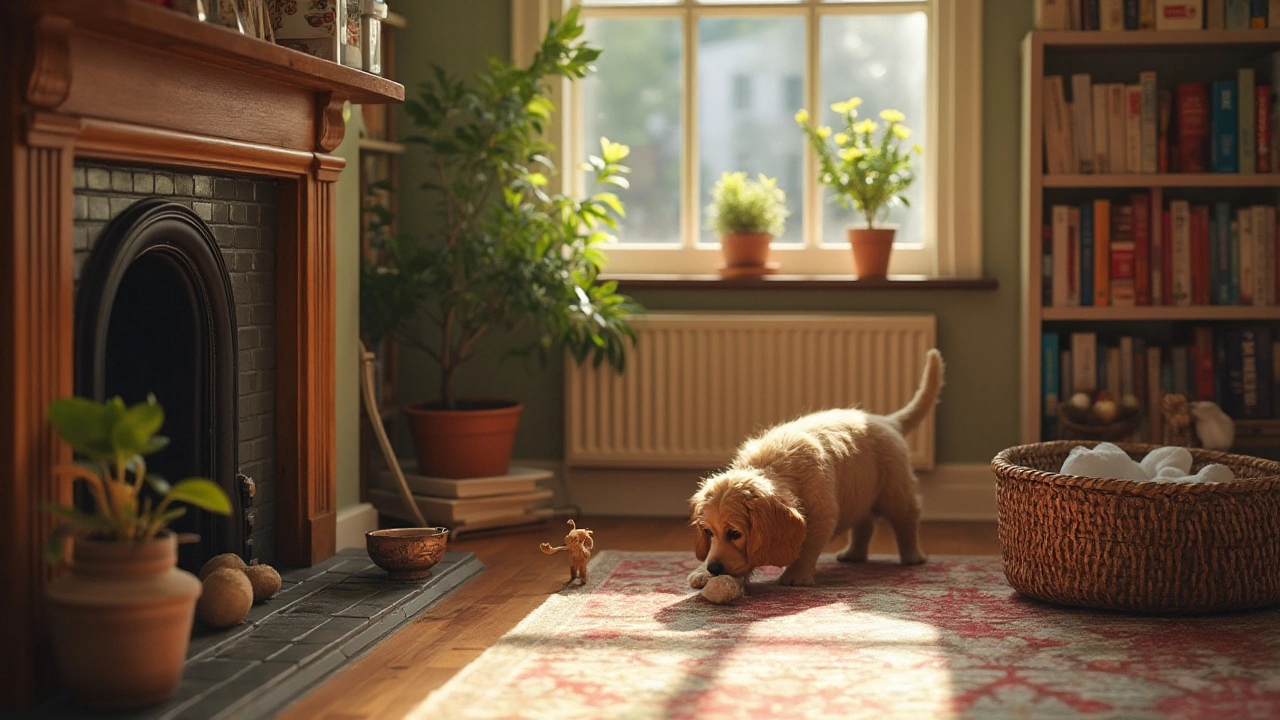Puppy Roam Free: A Practical Guide to Letting Your Pup Explore Safely
Got a curious puppy that keeps trying to slip out of its crate? You’re not alone. The moment a puppy learns to sit, stay, and come when called, you’ll wonder when it’s safe to give them more freedom. Letting a puppy roam free can make life easier, but it also brings new challenges. Below you’ll find the exact signs to watch for, the steps to puppy‑proof your rooms, and quick tricks to keep accidents to a minimum.
When Is the Right Time?
Most puppies start to handle short periods of freedom at about eight to ten weeks old, but the exact timing depends on two things: bladder control and basic obedience. If your pup can hold its bladder for at least three hours and reliably responds to “come” and “leave it,” you’re ready for a trial run. Start with five‑minute intervals in a single room and watch the behavior closely. If the pup stays calm, doesn’t chew on furniture, and returns when called, add a few minutes each day.
Don’t rush the process because you’re busy or the house feels too small. A puppy that’s still struggling with house training will likely have accidents the moment you open the door. Keep the crate nearby during these early sessions so you can quickly intervene if needed.
Preparing Your Home for a Free‑Roving Puppy
Before you open the gates, turn your home into a puppy‑friendly zone. Remove or secure anything that could be chewed or swallowed—electric cords, shoes, small objects, and houseplants that are toxic to dogs. Use baby gates to block off stairs or rooms you’re not ready to share.
Put a soft, washable mat or a puppy‑size bed in the area you’ll allow them to explore. This gives your pup a comfy spot and signals that the space is theirs. Add a few safe chew toys and a water bowl; the fewer reasons they have to search for something else, the better.
Set up a consistent routine. Feed, walk, and play at the same times each day, then let the puppy out for a short supervised roam after each activity. Consistency helps them understand when it’s playtime and when it’s time to settle.
During the supervised sessions, keep a close eye on body language. A relaxed tail, soft ears, and a curious sniffing pattern mean they’re comfortable. If you see signs of anxiety—tucked tail, panting, excessive barking—return them to the crate for a short break and try again later.
Use positive reinforcement to build good habits. When your puppy comes when called, reward with a treat or a quick play session. If they choose a safe toy over a shoe, praise them. Over time, they’ll learn that staying in the designated area leads to fun and treats, while chewing on furniture gets no attention.
Finally, be ready for setbacks. Accidents will happen, especially when the puppy is excited or tired. Clean up with an enzymatic cleaner to remove scent, then calmly guide them back to the appropriate spot. Punishment only creates fear and can slow training.
Giving your puppy the chance to roam free inside the house can boost confidence, reduce boredom, and make your daily routine smoother. By timing the freedom right, puppy‑proofing each room, and rewarding good behavior, you’ll create a safe environment where your pup can explore without chaos. Enjoy the extra time together—you’ll both benefit from the new freedom.

When Can a Puppy Safely Roam Free at Home?
Deciding when a puppy can safely roam free at home is crucial for both the puppy's development and the owner's peace of mind. It's essential to consider various factors like the puppy's age, training level, and the safety of the home environment. This article provides tips and insights on preparing your home, recognizing the right time, and implementing proper training to ensure your puppy is both free and safe.
View more